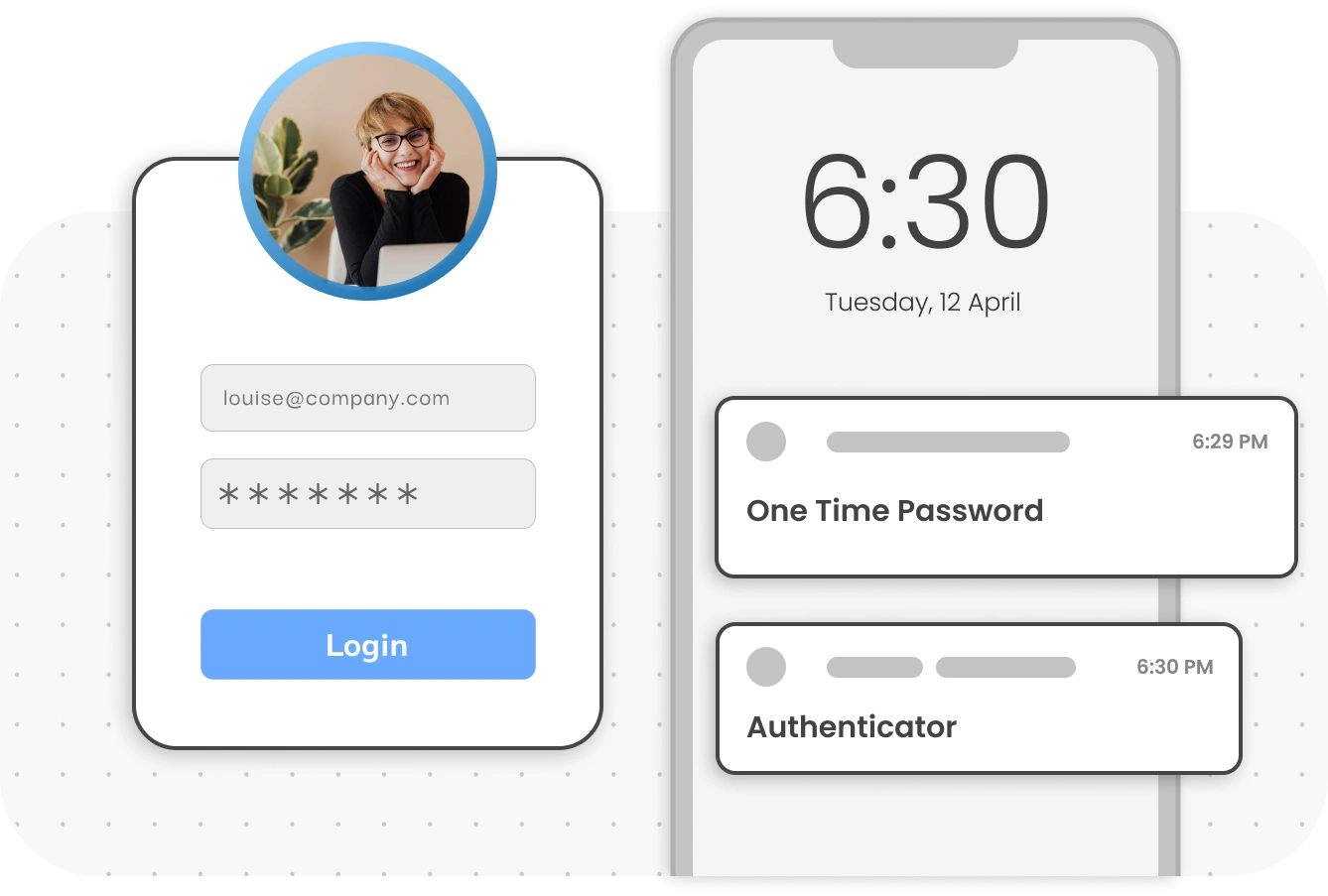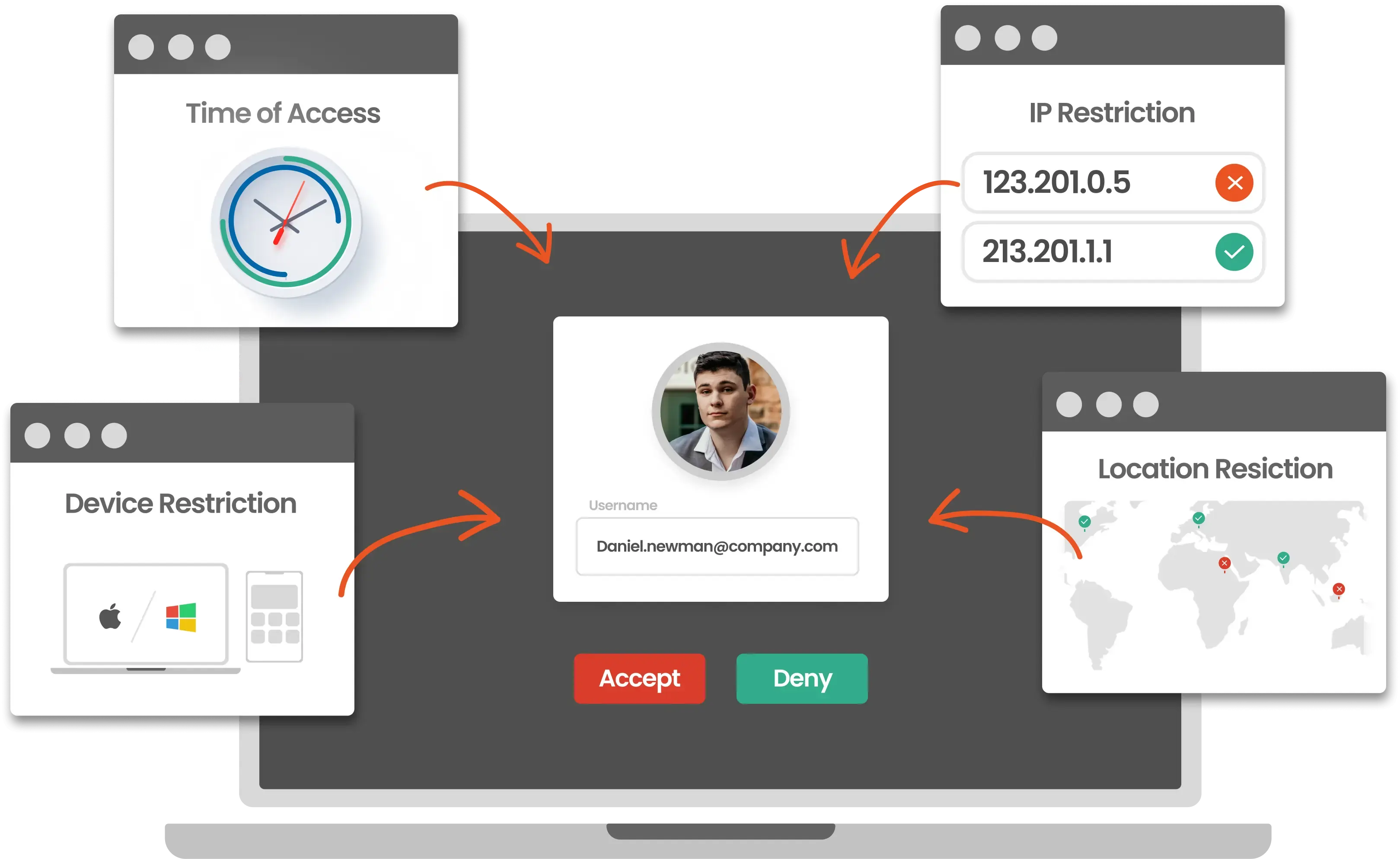Need Help? We are right here!
Search Results:
×Premium Customers
Integrations
Available for you
Device Restrictions are security policies that allow company admins and organization owners to restrict access to a limited number of trusted devices with the users. This ensures that only authorized devices are allowed access and blocks unauthorized device access.
Enable Device Restriction security policies across a fleet of Cloud and On-Premise SaaS applications like Google Workspace, MS Office 365, Atlassian, Slack, Dropbox, Oracle and more to secure your data by allowing access from authorized user devices only.
Explore Our App Integration Catalog








Allow user access to business apps only from trusted devices to prevent access from foreign IPs and from personal devices to prevent data leaks.
Actively monitor and alert your SOC team when a threat is detected to pinpoint the source device, and revoke its access.
Admins will provide permissions to user groups, enabling selective data access while enforcing strict device restrictions to allow easy access management.
Device Restriction limits access to approved devices to help you comply with international regulations like GDPR, HIPAA, PCI DSS, SOX, ITAR, and many more.
Enable custom security rules for Device restrictions that fit your business requirements and will best work to secure your data.
Save money by managing your user access control by enabling Device restriction settings over your business-critical apps.


*Please contact us to get volume discounts for higher user tiers.
